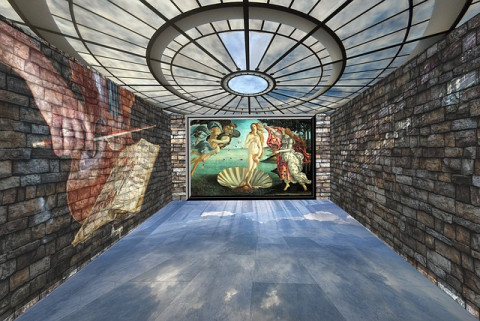
photo: Birth of Venus
Art history is important to reflect and help to create a culture’s vision of itself. Studying the art of the past teaches everyone how people have seen themselves and their world, and how they want to show this to others. Artificial Intelligence in art was not initially applied as a creator but as an impersonator. The technique is called style transfer and it uses deep neural networks to replicate, recreate and blend styles of artwork, by teaching Artificial Intelligence or AI to understand existing pieces of art.
Art history provides a means by which people can get in-depth knowledge about the human past and its relationship to the present because the act of making art is one of humanity’s most ubiquitous activities.
When Artificial Intelligence in art gets attention for recovering lost works of art, it makes the AI technology sound less scary than when it garners headlines for creating deep fakes that falsify politicians’ speech or for using facial recognition for authoritarian surveillance.
According to reports, many scientists are conducting constant studies of art history with the help of artificial intelligence but rather than lionizing these studies as heroic achievements, those responsible for conveying their results to the public should see them as opportunities to question what the computational sciences are doing when they appropriate the study of art. And they should ask whether any of this is for the good of anyone or anything but AI, its most zealous proponents, and those who profit from it.
AI and art have great potential together and many new artists perspectives can be explored with the help of Artificial Intelligence like earlier this autumn, several media houses reported that a Swiss company using artificial intelligence (AI) to assess the authenticity of artworks had calculated a 91.78% probability that Samson and Delilah were not painted by Rubens. The same company also wrote a report on another painting in the National Gallery – A View of Het Steen in the Early Morning (c. 1636) – which stated a 98.76% probability that Rubens painted the work.
So, there are always two sides to coins, and the same goes with AI technology. It can be used to hijack art history or one can utilize artificial intelligence to assess the authenticity of artworks.